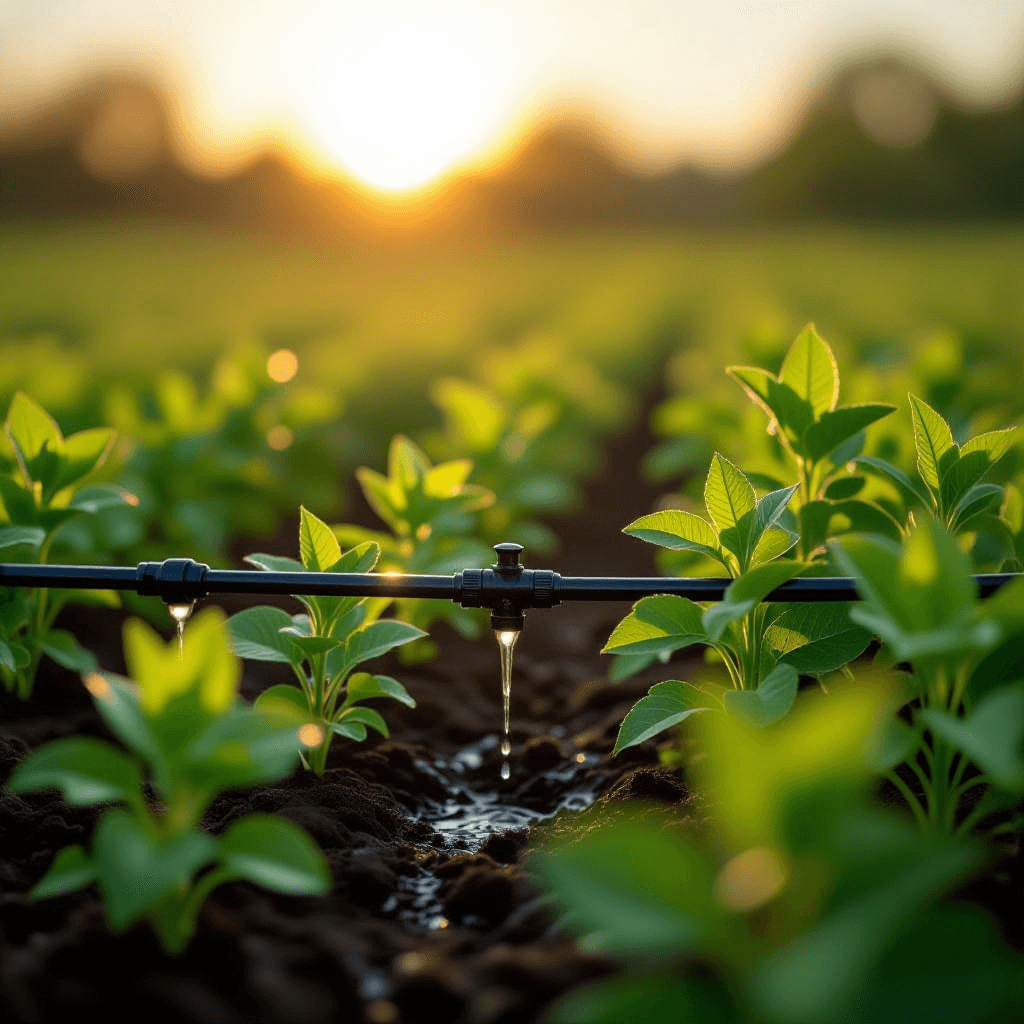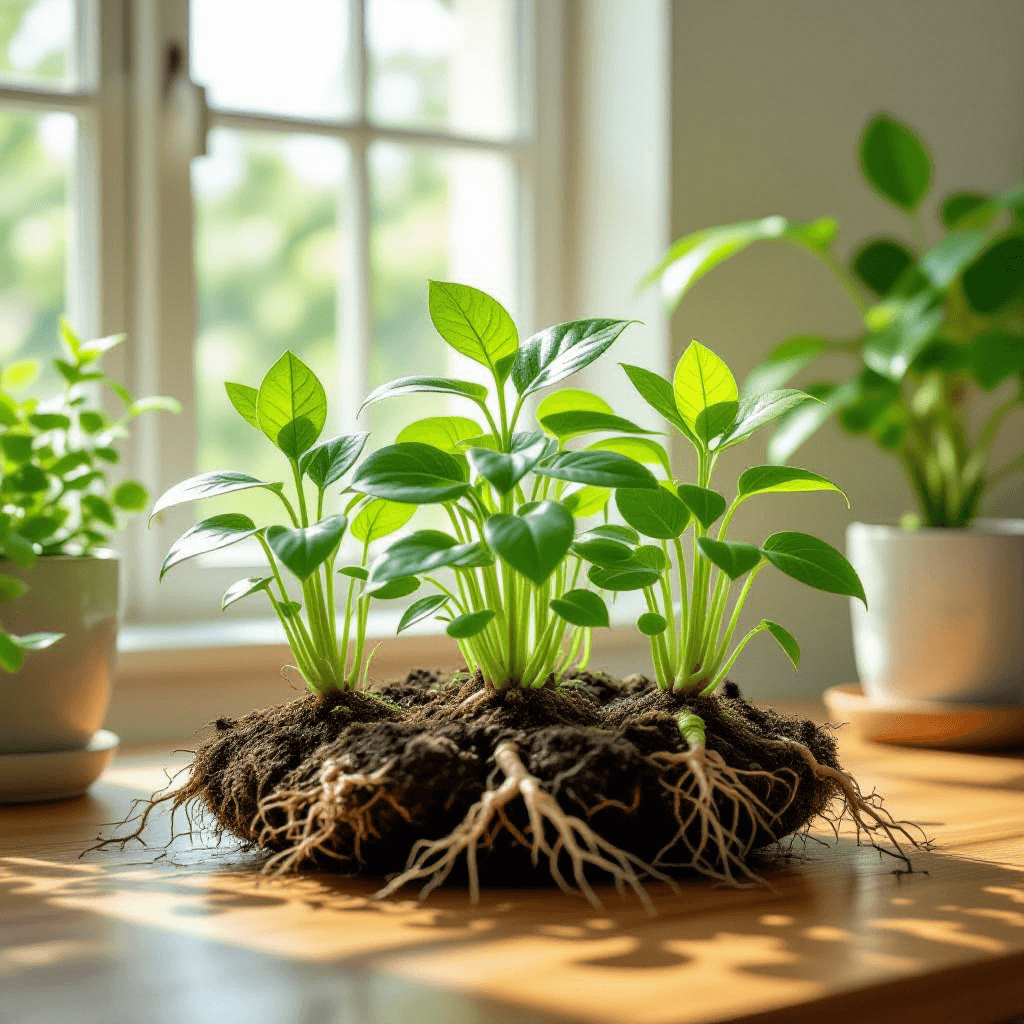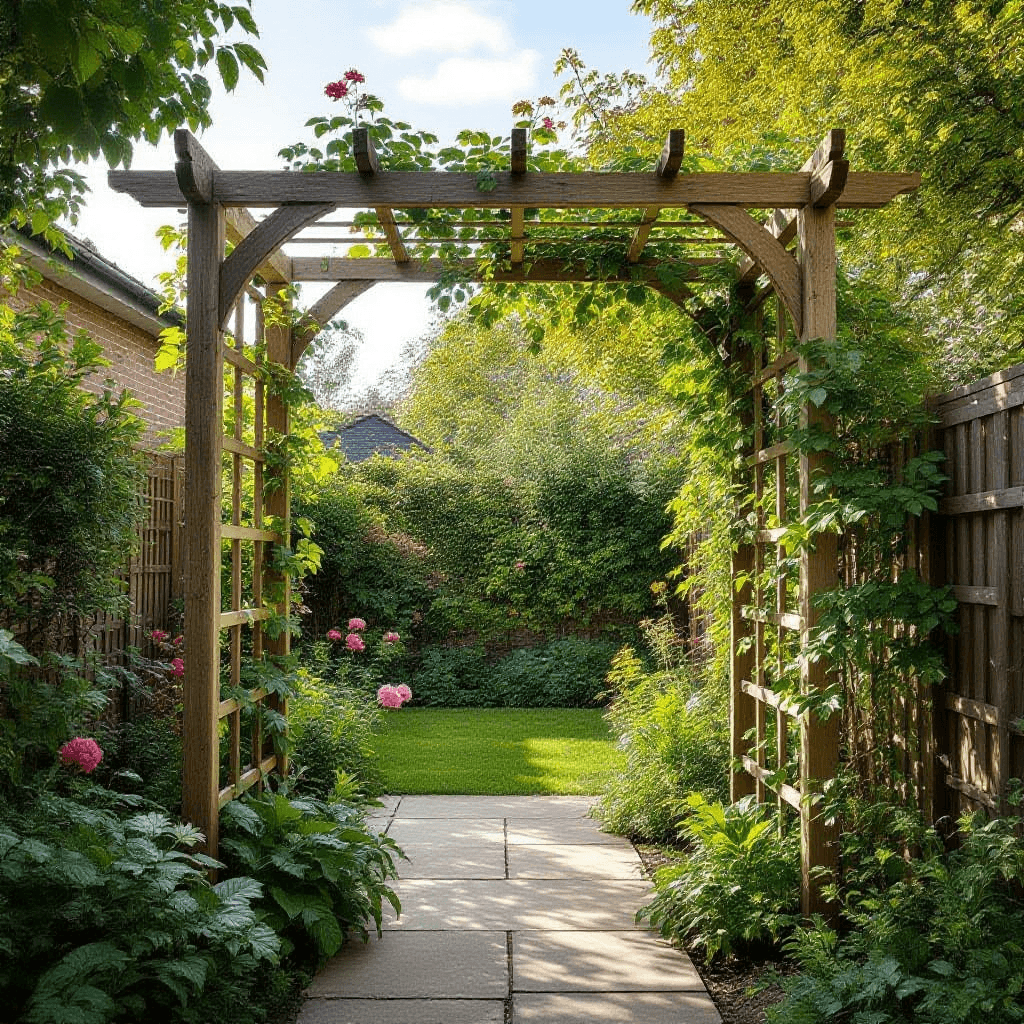Understanding Drip Irrigation: Benefits and Basics
Drip irrigation is a highly efficient watering technique that delivers water directly to the plant’s root zone in a controlled manner. This system operates by releasing water from a network of tubes, pipes, and emitters, enabling a slow, consistent flow. As a result, gardeners can ensure that plants receive the precise amount of moisture they require, leading to improved plant health and optimized water usage.
One of the primary benefits of drip irrigation is its significant potential for water conservation. Traditional irrigation methods can waste considerable amounts of water through evaporation, runoff, and oversaturation. In contrast, drip irrigation minimizes these losses by applying water only where it is needed, reducing waste and making it an environmentally friendly option for gardeners. With this system, water is delivered directly to the roots, allowing plants to absorb moisture efficiently and reducing the overall volume of water required for healthy growth.
Increased efficiency is another compelling advantage of installing a drip irrigation system. Since water is targeted directly at the roots, plants experience less stress, and their growth can be enhanced. This method also allows for better distribution of nutrients in the soil, as the water can be combined with fertilizer and delivered precisely when needed. Additionally, gardeners can customize the watering schedule based on the needs of different plant types, leading to more effective and tailored care.
There are various types of drip irrigation systems available, including surface drip systems, subsurface drip systems, and portable or on-demand systems. Each type has distinct features suited to particular gardening needs and layouts. Basic components of a drip irrigation system typically include tubing, emitters, connectors, filters, and pressure regulators. Understanding these elements will help gardeners recognize the feasibility and advantages of implementing a drip irrigation system in their gardening practices.
Planning Your Drip Irrigation System: Assessment and Design
Creating an effective drip irrigation system begins with thorough planning. Start by assessing your garden layout, which will help you identify where each plant is situated and how much water it requires. Take note of the sun exposure, soil type, and slope of the land, as these factors influence both the design and efficiency of your drip irrigation system.
Next, determine the water needs for the various plants in your garden. Different species thrive under varying moisture conditions; therefore, grouping plants with similar water requirements is crucial. For example, succulent plants will need less water than those like ferns or leafy greens. It may benefit you to create a chart that lists the plants alongside their specific irrigation needs, which can help you customize your watering approach.
Once you have established the needs of each plant sector, calculate the appropriate flow rates for your drip irrigation system. This step involves understanding how much water each plant requires and translating that into a system design that can meet those demands. Assess the pressure of your water source and determine the emission rate of the drip emitters you plan to use. Generally, drip emitters can range from 0.5 to 4 gallons per hour, so knowing the right amount required by your plants ensures effective watering without oversaturation.
Designing a system tailored to your garden’s size and type is essential for minimizing water waste. A well-thought-out diagram can serve as a useful reference. Use graph paper or irrigation design software to create a layout that illustrates your intended water lines, emitters, and connections. By visualizing the flow of your irrigation system, you can troubleshoot potential issues before installation, optimizing the efficiency of water distribution throughout your garden.
Building Your Drip Irrigation System: Step-by-Step Guide
Creating an effective drip irrigation system requires careful planning and systematic execution. The first step is to gather the essential materials. You will need drip tubing, which serves as the main conduit for water delivery, emitters for regulating water flow to individual plants, connectors for linking different components, and stakes to secure the tubing in place. Additionally, a filter and pressure regulator will help maintain the system’s functionality over time.
Once you have assembled the required materials, begin by determining the layout of your garden and the specific areas you wish to irrigate. Map out the locations of plants and decide where to position the main supply line. After establishing the layout, it’s time to install the main drip tubing. Lay the tubing along your designated paths, ensuring it reaches each targeted plant area.
Following this, you must attach the emitters to the tubing at intervals that suit the watering needs of your plants. For instance, more moisture-loving plants may require emitters spaced closer together, while drought-tolerant varieties can be further apart. Proper emitter placement is crucial for ensuring that each plant receives sufficient water without wastage.
Next, connect the entire system using the appropriate connectors, ensuring secure and leak-free joints. When everything is connected, secure the drip tubing with stakes to promote stability and prevent it from moving out of position. It is vital to periodically check for any leaks or clogs that can disrupt water flow. Finally, conduct a test by turning on the system to monitor flow rates and adjust emitters as necessary. With careful assembly and attention to detail, you’ll have a well-functioning drip irrigation system that maximizes water efficiency in your garden.
Maintaining Your Drip Irrigation System: Tips for Longevity
Maintaining a drip irrigation system is essential for ensuring its efficiency and longevity. Regular maintenance tasks greatly enhance the lifespan of your system and promote healthy plant growth. One of the primary tasks involves checking for clogs in the emitters and tubing. Over time, sediment and mineral buildup can obstruct the flow of water, leading to uneven distribution in your garden. It is recommended to flush the system periodically, especially if you notice any reductions in water pressure or uneven wetting of the soil.
Seasonal adjustments are also crucial for the efficiency of a drip irrigation system. As seasons change, so do the watering needs of plants; therefore, it is important to modify the irrigation schedule according to seasonal weather patterns. During rainy seasons, for instance, you may reduce or even eliminate irrigation, whereas, in hotter months, more frequent watering might be necessary. Additionally, adjusting the emitter flow rates can cater to the specific requirements of different plant types, ensuring optimal growth conditions.
Proper upkeep of the equipment is another vital aspect of maintaining your system. Inspect tubes and connectors for cracks or signs of wear, which can lead to leaks and inefficiencies. Replace damaged parts promptly to maintain the integrity of the system. Troubleshooting common problems can prevent larger issues from arising. If you experience a drop in pressure or inconsistent watering, check for leaks, kinks, or accumulated debris within the lines. Cleaning filters and screens on a regular basis will also help to minimize complications.
By adhering to these maintenance practices, gardeners can greatly enhance the functionality and durability of their drip irrigation systems. This proactive approach ensures consistent performance and can ultimately lead to a more productive and sustainable garden.


